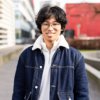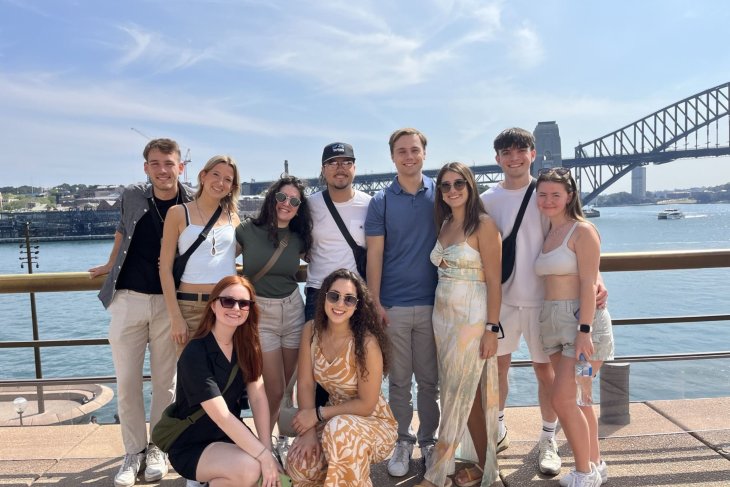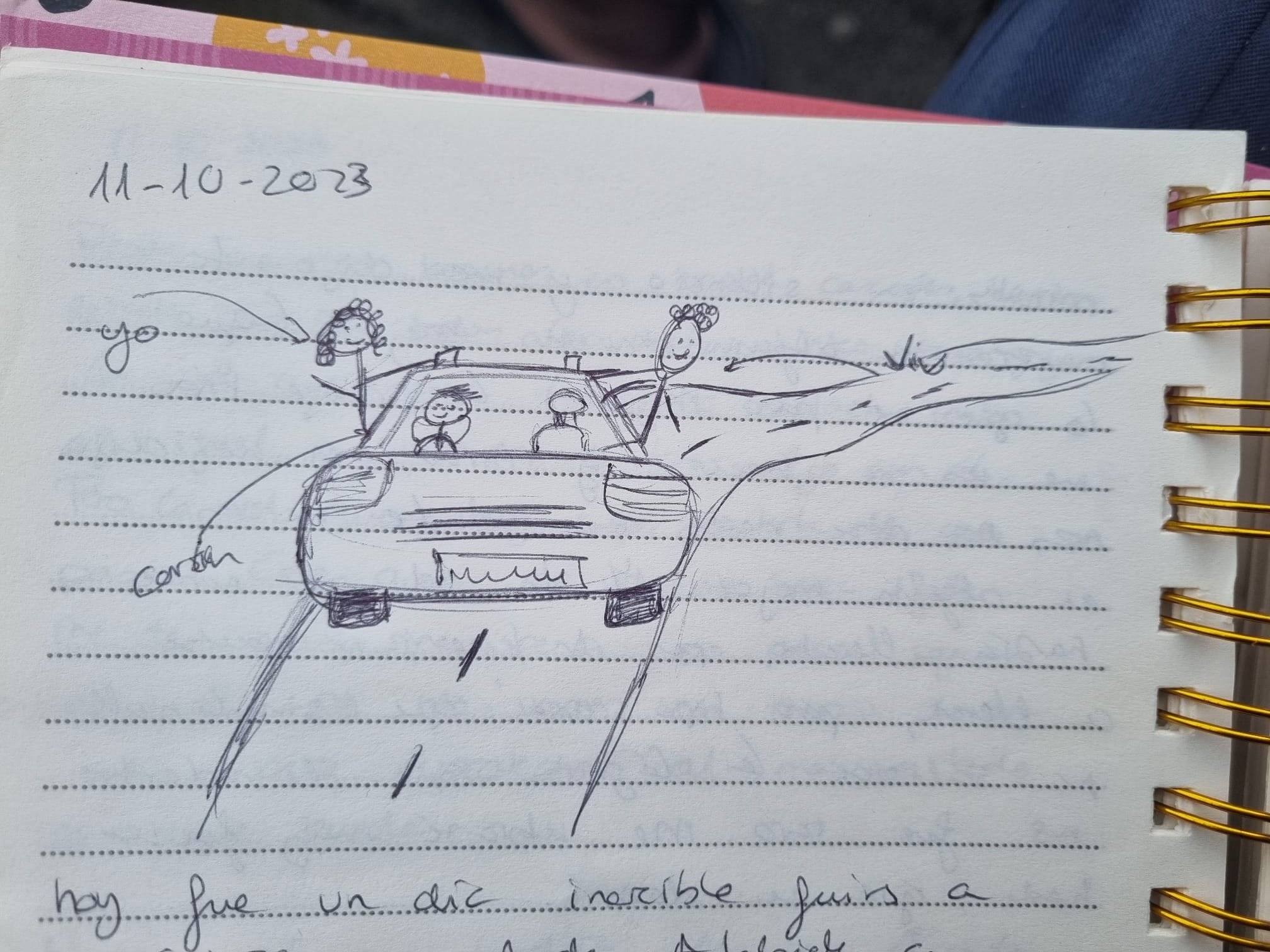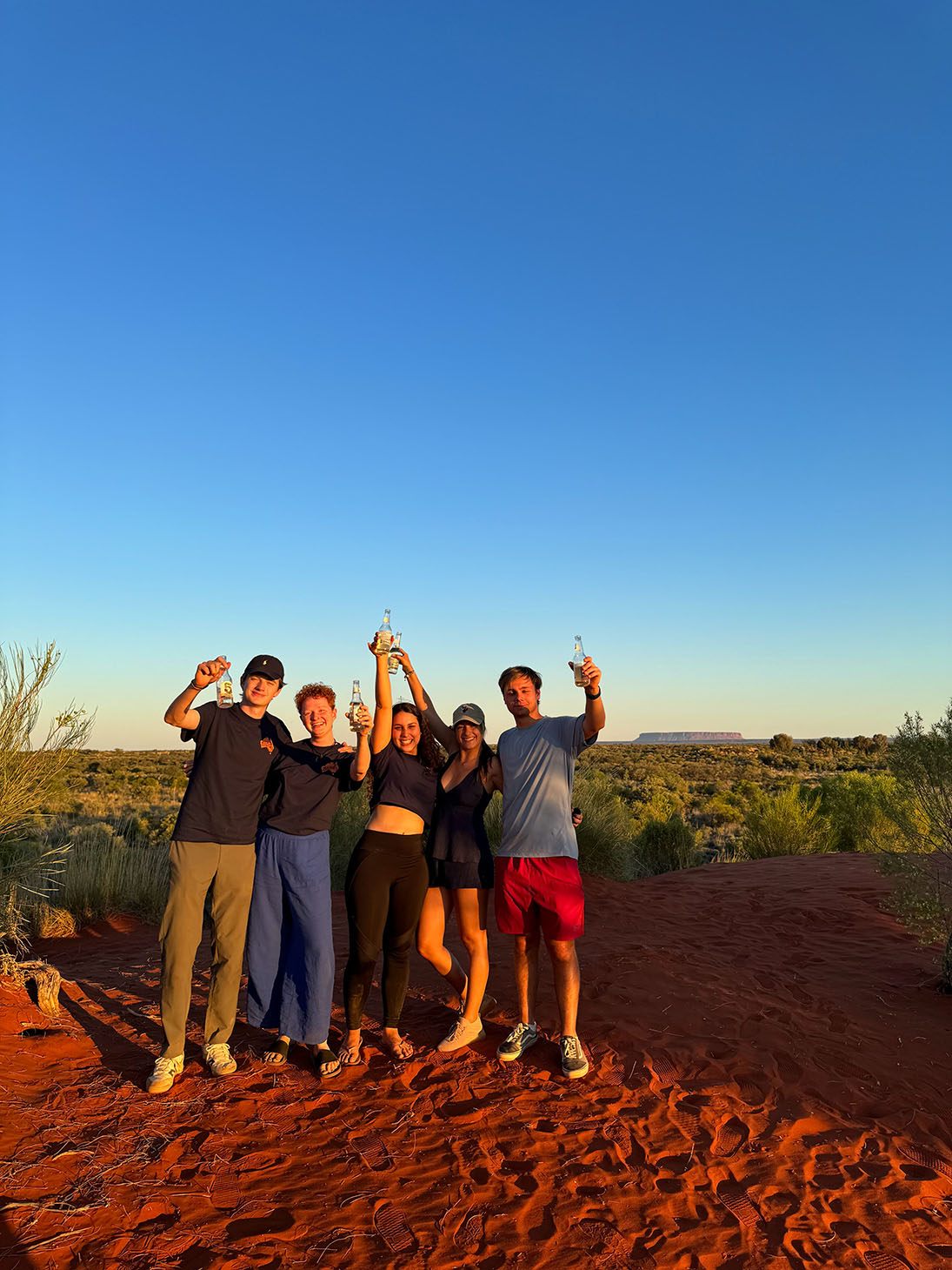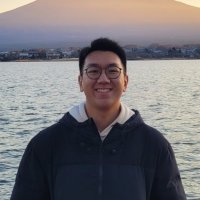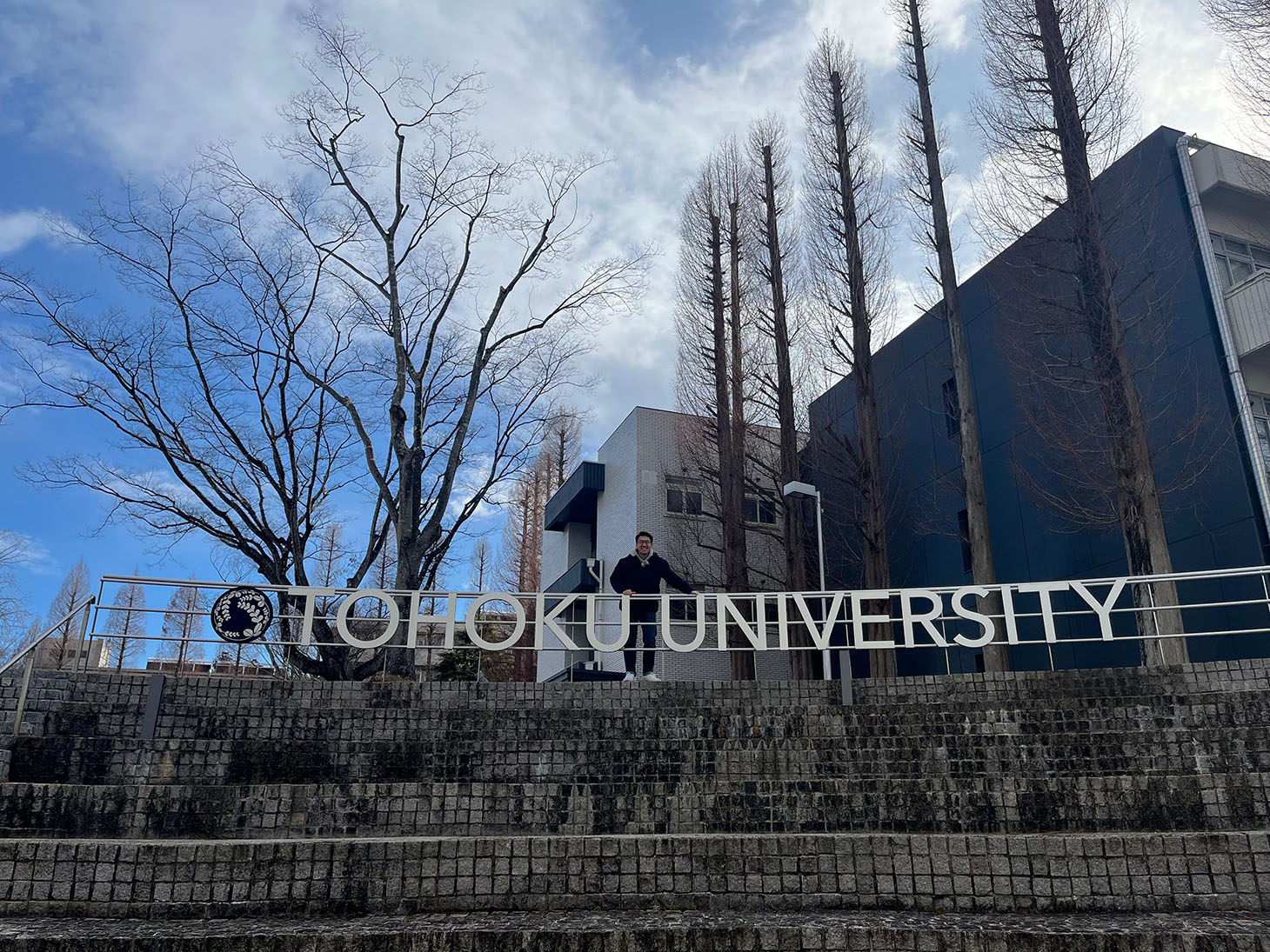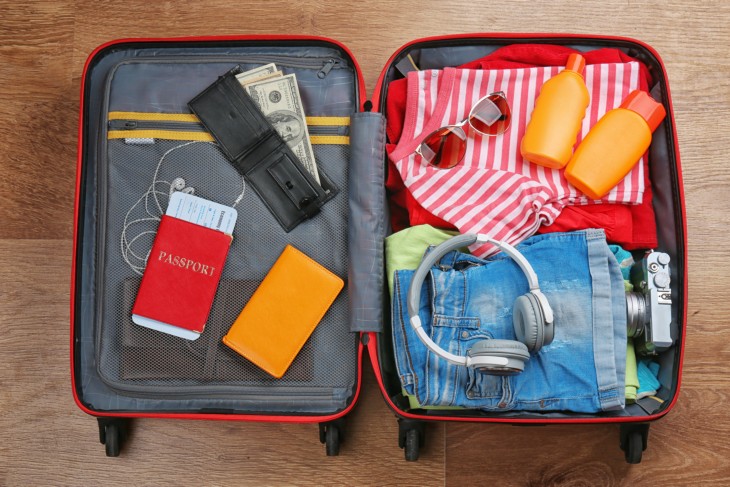Paula is doodling in her notebook, sitting in a car with her friends as they pass through the Australian Outback. She watches the desert around her, red and wild and filled with wonder. Ten months later, back in Twente, she shows me her drawing.
At first, Paula wasn’t planning on going on an exchange. Her friends changed her mind: she saw where they were going, saw what they were going to do. “I was following an account that posted about their experience abroad, and I saw how fun it was for them,” she starts. “They had some really cool shots and stories of what they were up to, and after I saw that I sort of became fixed on it.”
English-speaking country
Australia was not necessarily her first choice, though she made it clear she wanted to study abroad in an English-speaking country. There were no universities in the United States for IDE, and the options in Canada were all in French. “It was always a dream to go to Australia, though,” she says, shrugging. “It was easy once I knew that some friends were going to the same university – the University of South Australia in Adelaide.”
Arranging a semester at a university abroad involves a lot of practicalities, and for Paula, there were a lot of things to initially process. Finding housing, finding someone to temporarily take your house back in the Netherlands, finding flights, managing your budget, finding courses, getting those courses approved… Paula says the most challenging parts of studying abroad were at the beginning when everything was hectic and the adaptation period was just starting.
Once in Adelaide, Paula found the environment both familiar and alien. Having already moved once, she knew what to expect before coming: there would be struggles, but eventually they would settle. “Adelaide’s way bigger than Enschede, though,” she remarks, smirking. “It was a bit scary for me. I’m from a small island in Spain, Gran Canaria, and Enschede’s not much bigger, but I settled in the end."
Time to travel
“I took courses in entrepreneurship, design, culture and society, and animation,” Paula remembers, listing them off on her fingers. “Not directly related to IDE, of course, but animation specifically was quite useful to expand my designing skills. And while I did have to work hard, in Adelaide, the workload is way lower compared to here at UT. I only did those courses from Monday to Wednesday, so I basically had the rest of the week off. For an exchange programme, that’s amazing – you get a ton of time to do other things, such as travelling.”
Travelling was a priority for Paula. “I just knew that I wanted to explore the country,” she explains. “I wasn’t entirely sure what was to be seen in Australia, just that I wanted to see it.” Eventually, she got to explore all around Australia and visit parts of Bali and New Zealand. “We did a bunch of things. We went on a road trip through the country and tried kangaroo and emu meat. Then we went camping in the Outback once, just me and a couple of other friends and a guide, without a tent and sleeping in swags instead. The land around us was so red… it was quite unbelievable. Our days started bright and early, just before sunrise, and they ended quite peacefully, stargazing in the middle of the Outback.”
When asked if she would recommend a minor abroad to other students, Paula doesn’t hesitate. “Absolutely. It’s not going to be perfect, and sometimes things won’t go as planned. I wish I’d made more Australian friends, for example. But I made lasting memories in Adelaide, and I can’t wait to go back someday. Remember to not feel much pressure just because you’re on exchange. Find your pace and find your place, and the experiences will come to you.”
Story continues below the picture.
Darren, a Master’s student from Indonesia, had gone to Japan before, he says. He remembered the food and the culture, and he remembered how beautiful it was. “But I’ve always wanted to experience living in Japan,” Darren begins. “Especially as a student. Once I saw that Japan was an option, I knew that I had to apply for an exchange. There were three Japanese institutes available to choose from as my potential universities, so I was really happy that Japan had at least a couple of choices. I picked Tohoku University in Sendai because it had courses that could be transferred to my Master's in Computer Science at UT.”
Darren’s programme, the Software Technology specialisation, was demanding, but he didn’t let that deter him from experiencing all that Sendai had to offer. “It’s such a vibrant city,” Darren says with a smile. “Not as big as Tokyo, of course, but it’s got its own charm. The people are incredibly friendly, and the food is amazing.”
Japanese work culture
Initially, Darren had certain expectations about studying in Japan. “Honestly, with all the stigma surrounding Japanese work culture, I thought that the teaching style would be super strict and stiff,” he admits. “Fortunately, that wasn’t really the case. I was surprised, too – I felt really welcomed and encouraged by the teaching staff.” Language was also a concern, but Darren found that Google Translate was a reliable tool for day-to-day life. “I also took lessons in Japanese, in addition to Beginner’s Kanji courses. I took three courses in total: the Kanji and Japanese one, and a course on individual research lab training, which was transferrable to UT.”
With Japan comes its cuisine, and Darren made it clear that Sendai lived up to Japanese standards. “Well, for starters, the food’s just good,” Darren chuckles. “As a foodie, I knew that I was expecting good food, purely based on the popularity of Japanese cuisine. And Japan delivered – I got to eat a lot of different Japanese dishes that really satisfied my tastebuds.”
Budgeting
Budgeting in Sendai turned out to be quite manageable. “Sendai is a relatively affordable student city,” he explains. “I received a scholarship from the host university worth ¥80,000, or around €470 per month. It was quite sufficient for living in Sendai. Accommodation at the university dormitories ranged between €150-270 per month, a meal at the cafeteria would cost around €2,50, and the restaurants in the city around €8. Unlike Enschede though, you can’t really save on transport, as biking isn’t common in Sendai. We typically rode the subway for transport, and each trip cost around €1,25 - 1,50, depending on the distance.”
Comparing Sendai to Enschede, Darren points out significant differences. “They’re both student cities, but population-wise, Sendai’s around ten times the size of Enschede. So not only is there a big student population, but also a large community of people living there for work or settling. However, it’s not nearly as diverse as Enschede, as there was only a small percentage of international students and expats. This made finding new friends more difficult, as many Japanese people aren’t very confident with their English. There’s also a lot more to do at night and in general in Sendai, as most shops and entertainment sites open until late at night.”
Darren recalls attending the Dotonsai Festival. “It’s a ritual that takes place in the winter, held only across the Miyagi prefecture,” he explains. “People bring old decorations from New Year’s and toss them into a bonfire at these big shrines. It’s a means of praying for good fortune and health. What amazed me, though, was that some people were doing the ritual in the old traditional way, marching together in loincloths and torso wraps – in the middle of winter!”
Making friends
However, despite the enriching experiences, Darren faced challenges. “It was lonely at times,” he remembers, frowning. “Outside of fellow exchange students, it’s not easy to make new friends. It’s not very Japanese to strike up a conversation with random strangers, so I didn’t really interact with Japanese people much. I overcame this by spending more time with international people instead of fully blending myself in with the Japanese, and I also called my friends and family from back home more frequently. I wish I’d learned more Japanese before coming.”
When asked if he would go back to Japan, Darren’s enthusiasm is contagious. “Definitely. Not just Sendai, but all the places in Japan that I didn’t get the chance to visit. I’d definitely pay a visit to Tohoku University, too, and meet my friends and the professors. If you’re ever thinking of doing a minor abroad, I say go for it! Plan and plan, from way beforehand. Be persistent and believe that you’ll get through the challenges. It’s most definitely worth it, and the experiences you get are invaluable.”
